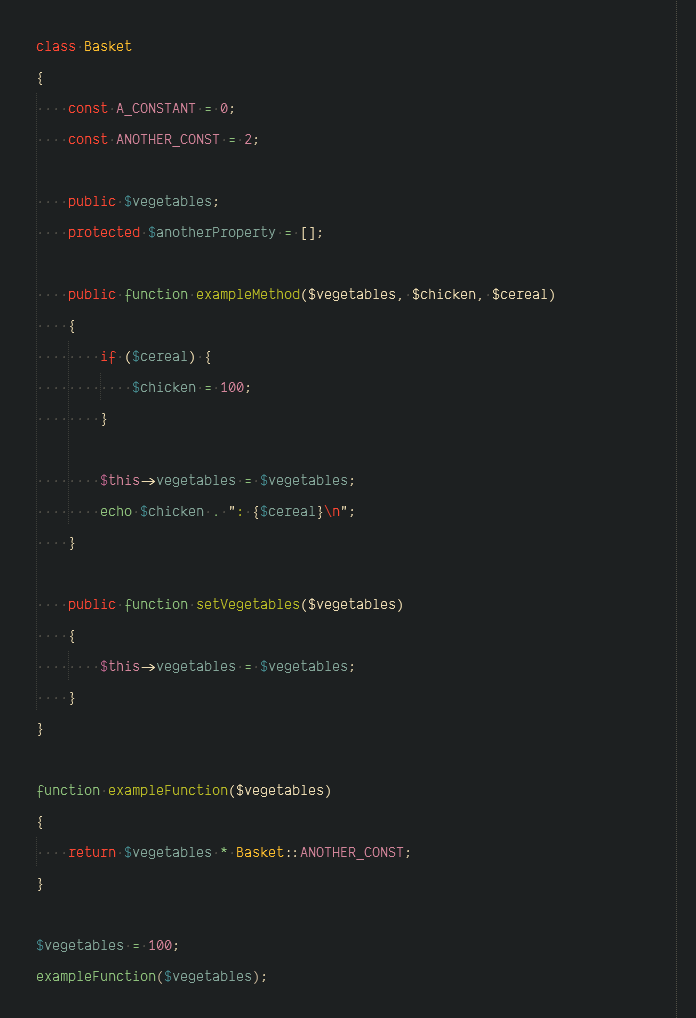Semantic Highlighter
🌈 Highlights similar variables on focus
Details
Installs
- Total 1K
- Win 604
- Mac 269
- Linux 233
| Jan 7 | Jan 6 | Jan 5 | Jan 4 | Jan 3 | Jan 2 | Jan 1 | Dec 31 | Dec 30 | Dec 29 | Dec 28 | Dec 27 | Dec 26 | Dec 25 | Dec 24 | Dec 23 | Dec 22 | Dec 21 | Dec 20 | Dec 19 | Dec 18 | Dec 17 | Dec 16 | Dec 15 | Dec 14 | Dec 13 | Dec 12 | Dec 11 | Dec 10 | Dec 9 | Dec 8 | Dec 7 | Dec 6 | Dec 5 | Dec 4 | Dec 3 | Dec 2 | Dec 1 | Nov 30 | Nov 29 | Nov 28 | Nov 27 | Nov 26 | Nov 25 | Nov 24 | |
|---|---|---|---|---|---|---|---|---|---|---|---|---|---|---|---|---|---|---|---|---|---|---|---|---|---|---|---|---|---|---|---|---|---|---|---|---|---|---|---|---|---|---|---|---|---|
| Windows | 0 | 0 | 0 | 0 | 0 | 1 | 0 | 0 | 0 | 0 | 0 | 0 | 0 | 0 | 0 | 0 | 0 | 0 | 0 | 0 | 0 | 0 | 1 | 0 | 0 | 0 | 0 | 0 | 0 | 3 | 0 | 0 | 0 | 0 | 0 | 1 | 0 | 0 | 0 | 0 | 0 | 0 | 0 | 0 | 0 |
| Mac | 0 | 0 | 0 | 0 | 0 | 0 | 0 | 0 | 0 | 1 | 0 | 0 | 0 | 0 | 1 | 1 | 0 | 0 | 1 | 0 | 0 | 0 | 0 | 0 | 0 | 0 | 1 | 1 | 0 | 0 | 0 | 0 | 1 | 0 | 0 | 0 | 0 | 0 | 0 | 0 | 0 | 0 | 0 | 0 | 0 |
| Linux | 0 | 0 | 1 | 0 | 0 | 0 | 0 | 0 | 0 | 0 | 0 | 0 | 0 | 1 | 0 | 0 | 0 | 0 | 0 | 0 | 0 | 0 | 0 | 0 | 0 | 0 | 0 | 1 | 0 | 0 | 0 | 1 | 0 | 0 | 1 | 0 | 1 | 0 | 0 | 0 | 0 | 0 | 0 | 0 | 1 |
Readme
- Source
- raw.githubusercontent.com
Semantic Highlighter
🌈 Highlights similar variables on focus
It underlines variables with the same string (for now). Sublime does this by double-clicking a word but why do two if you can do one!
oooh but that is not “semantic”.. - a wise man
Sure. Here are suggestions for you though.
- Use a different package
- Modify your color scheme file using Sublime's “Hashed Syntax Highlighting”
- use VS Code
Installation
- Install from
packagecontrol.ioor unpack the zip in your packages directory
Usage
- Move your cursor to a variable using the following:
- Mouse 🖱
- Arrow keys ⌨
- See colored underlines.

Features
- See beautiful colors 🌈
- Lessens stress (especially when accompanied with ☕)
- Improve understanding of your co-worker's gibberish code 😒
- Easily see where that variable has been hiding 👀
Commands
semantic_highlighter_jump(ctrl+l,ctrl+j) Jump to the next variable in scopesemantic_highlighter_edit(ctrl+l,ctrl+e) Edit all the similar variables in scope
The color-scheme file
The package comes with a customizable template color scheme that has 144 varying HSL representations. For now, I simply fetch a random number and match it.
Creating a custom analyzer
The plugin will highlight symbols based on an analyzer. Since I cannot do every programming language, you can further improve variable detection by creating your own language analyzer.
For a quick intro, the analyzer class has a getBlockScope method that should return one of the following:
- A scope name string of the block the symbol belongs to
Noneif the selection is a valid symbol but does not belong to any blocks (i.e. global variable)Falseif the selection is not a valid symbol
To understand how “scopes” work, check out the following links:
Included analyzers
- A generic fallback analyzer
- Python
- PHP
- Javascript
- Vue
Support
You can always support me via Github Sponsors, Patreon or Ko-fi
License
Links
InspiredFrustrated by Sublime Color-coder- Read about Semantic Highlighting





